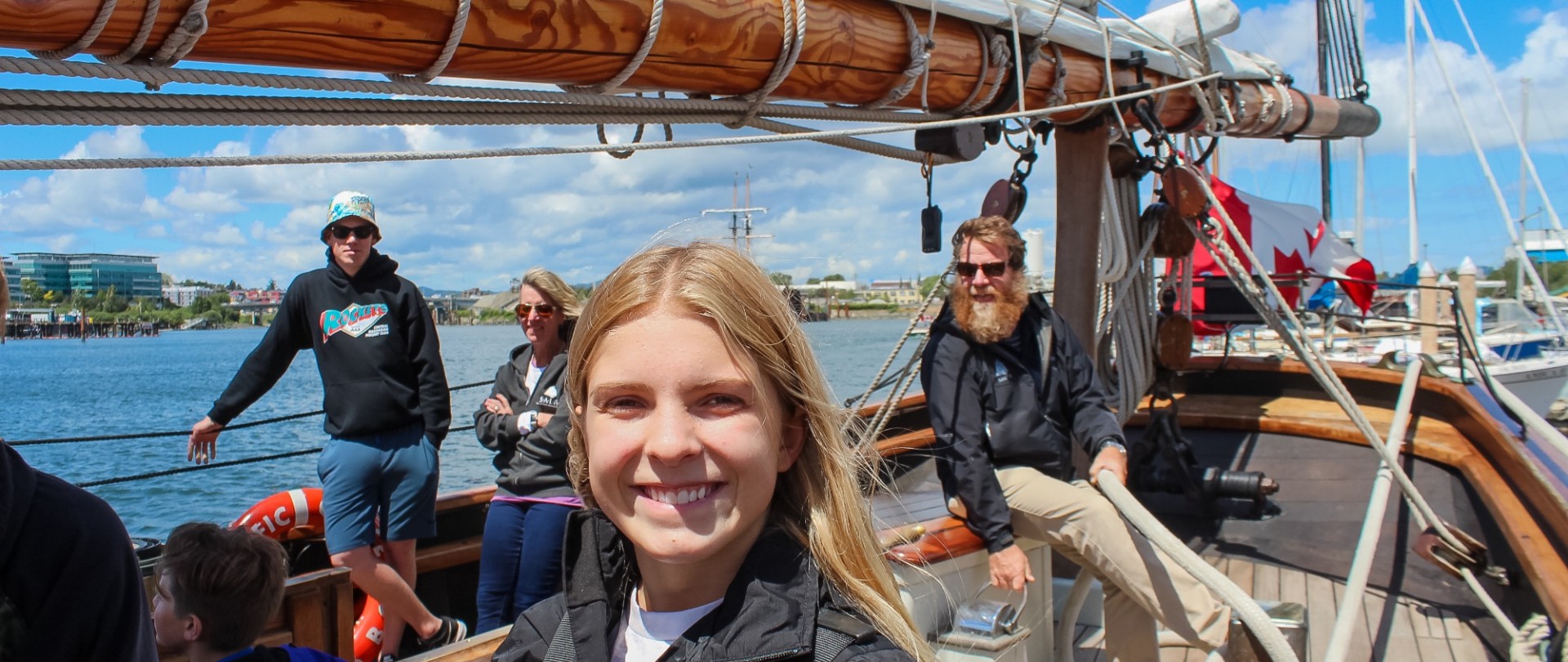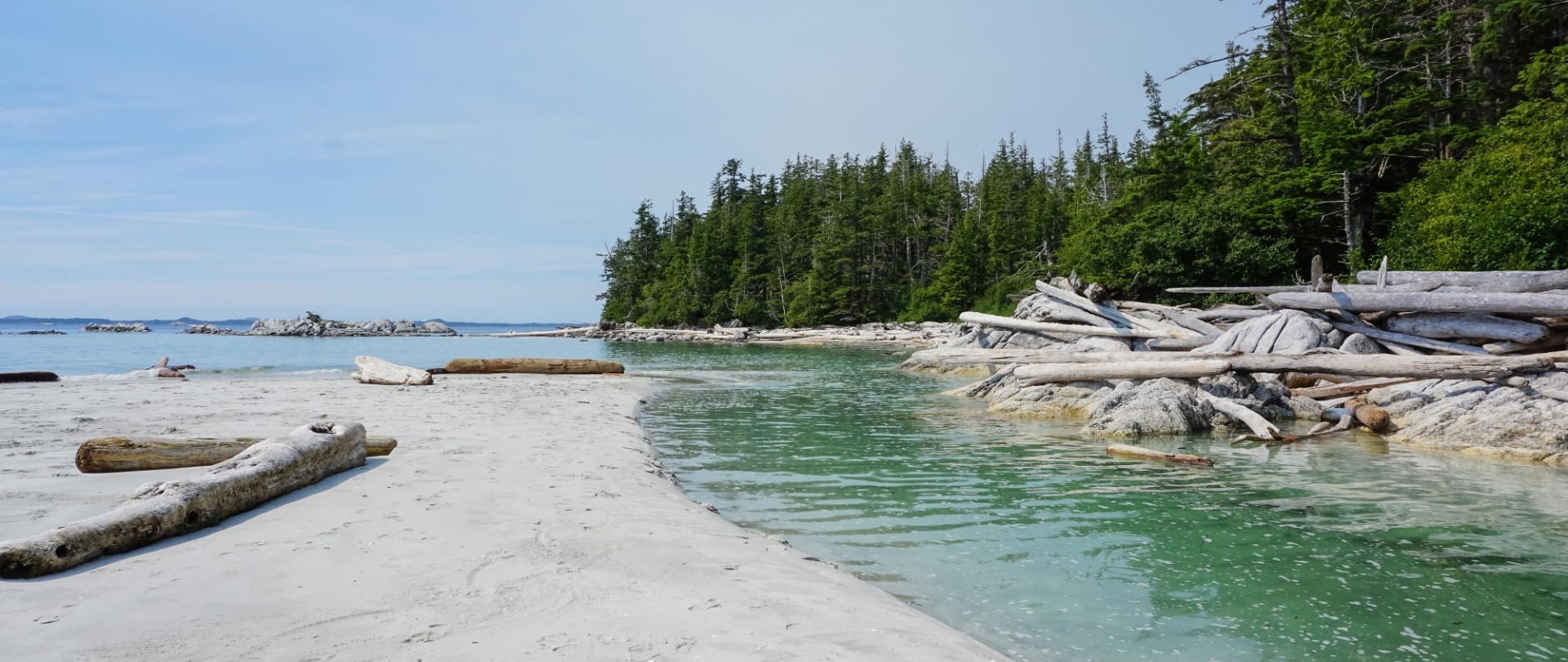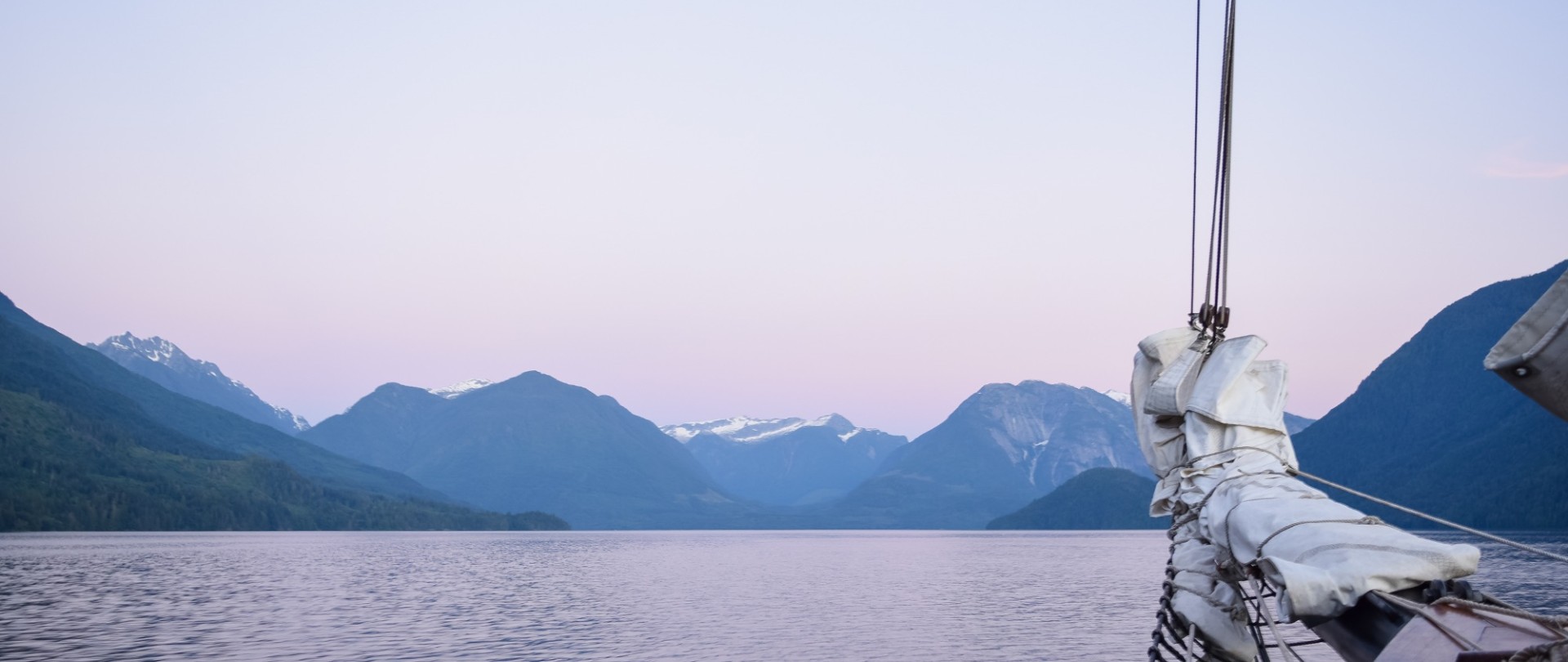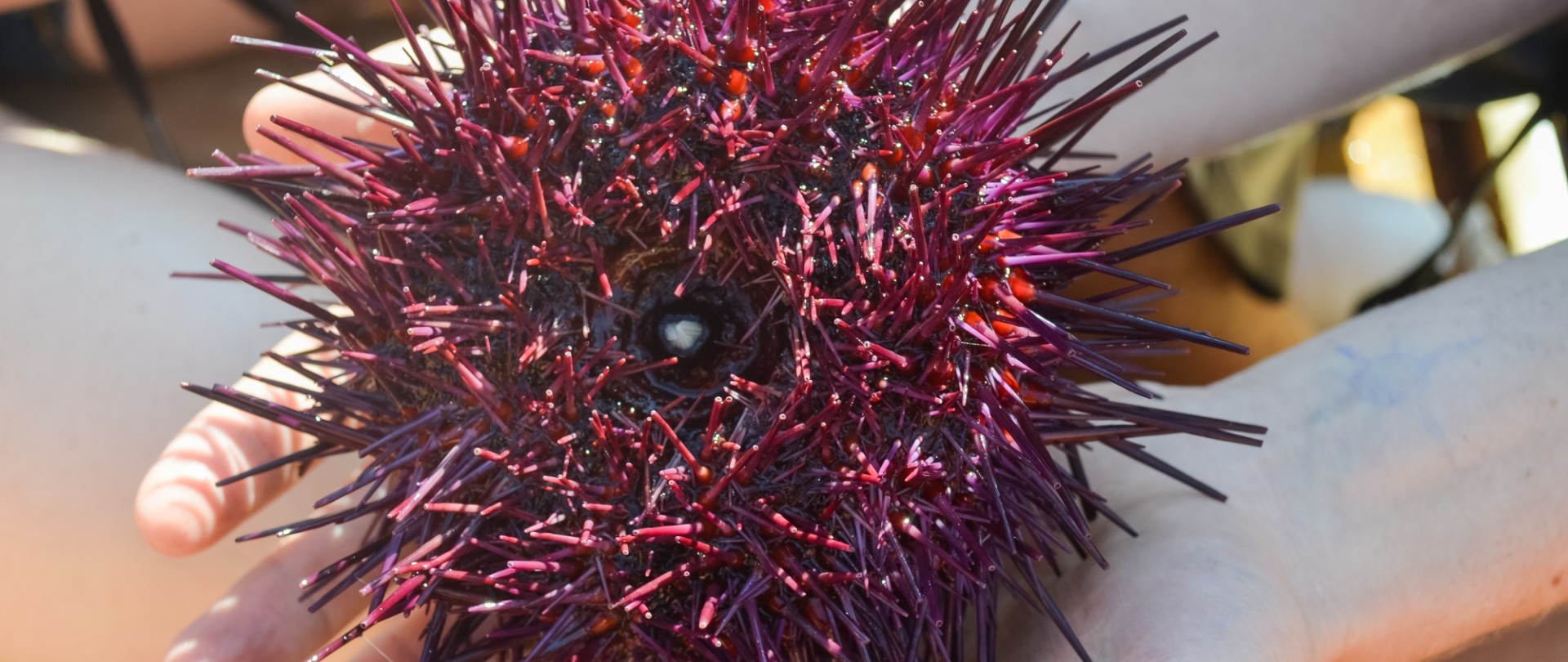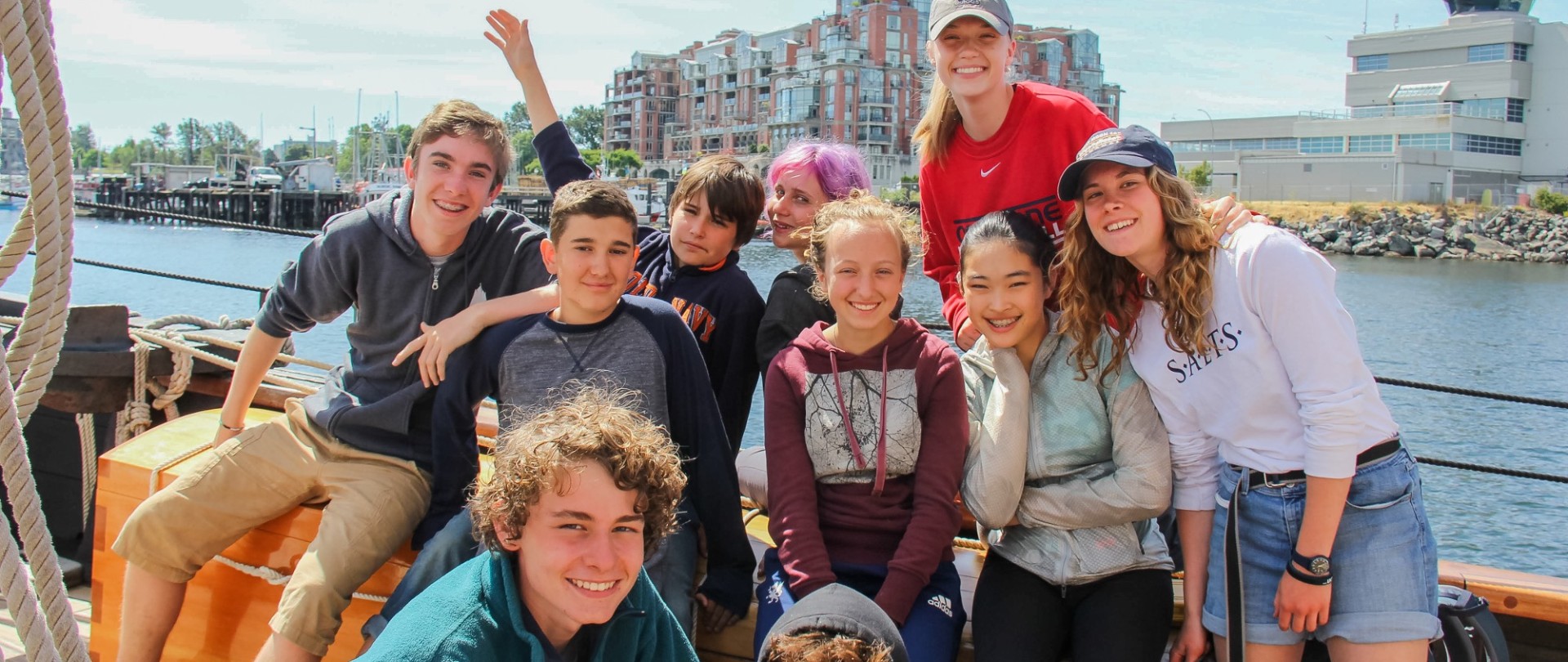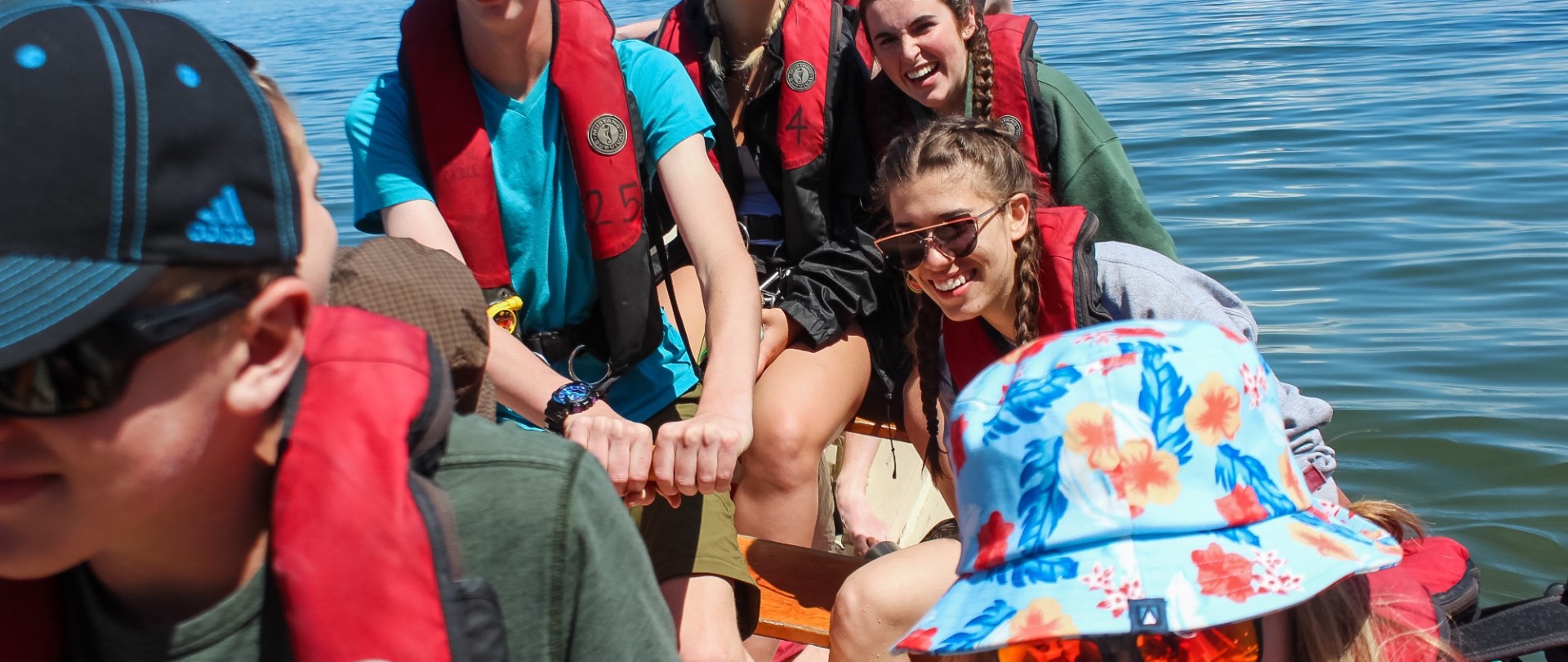Schooner Leonora Update, May 2022
 Zoom Image Computer generated image by Will Krzymowski Zoom Image Computer generated image by Will Krzymowski |
It was 11 years ago that we first shared our intention to build another tall ship to add to our coastal fleet and enable us to sail on offshore voyages again. At the time we envisioned a wooden schooner, built by us, in Victoria, at a cost of $3.5 million. We quickly raised a couple of million dollars toward the project in 2011 and 2012. But we also found ourselves in a regulatory quagmire with Transport Canada, one that has taken over a decade to resolve. On March 22, 2022, we achieved a significant regulatory milestone and |
At this project milestone, we need to take stock of how the project has changed from the beginning. Instead of our 2011 plans for a wooden tall ship built by SALTS in Victoria for $3.5M, the ship is now:
- Made of steel and synthetic, fire-retardant materials with very little wood, except perhaps the masts
- Since our SALTS team does not know how to build with those materials, the ship will not likely be built by us, except perhaps for the rigging
- Since we will not be building the ship ourselves, the ship is more likely to be built outside of Victoria
- The ship cost, originally estimated at $3.5M as of 2011, is now in the realm of $7.5M, and that estimate is a couple of years old and needs to be updated, now that we’ve just confirmed the hull size
| The project has changed significantly as we’ve sought to overcome various regulatory roadblocks. The gap between the money we have and the money we still need is massive, and the pandemic has taught us that we need to retain a very robust emergency fund. Our next steps include updating the project cost estimate and deciding how far to go with detailed design and engineering. Then— should we build the hull with the money we have, and trust that another $5 million or so will flow in to complete the job? Or should we wait until we raise millions more before we lay the keel? |
|
